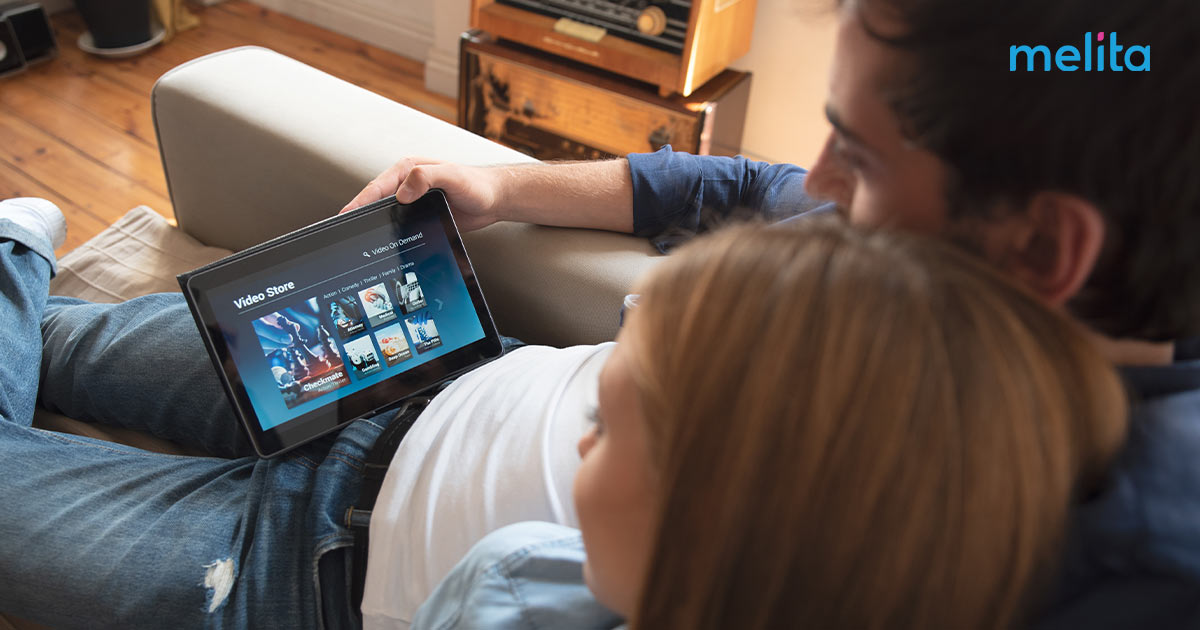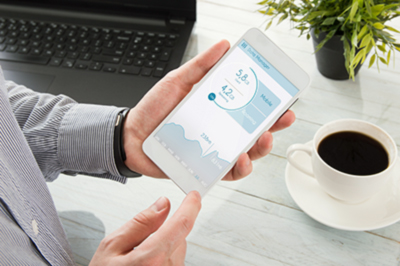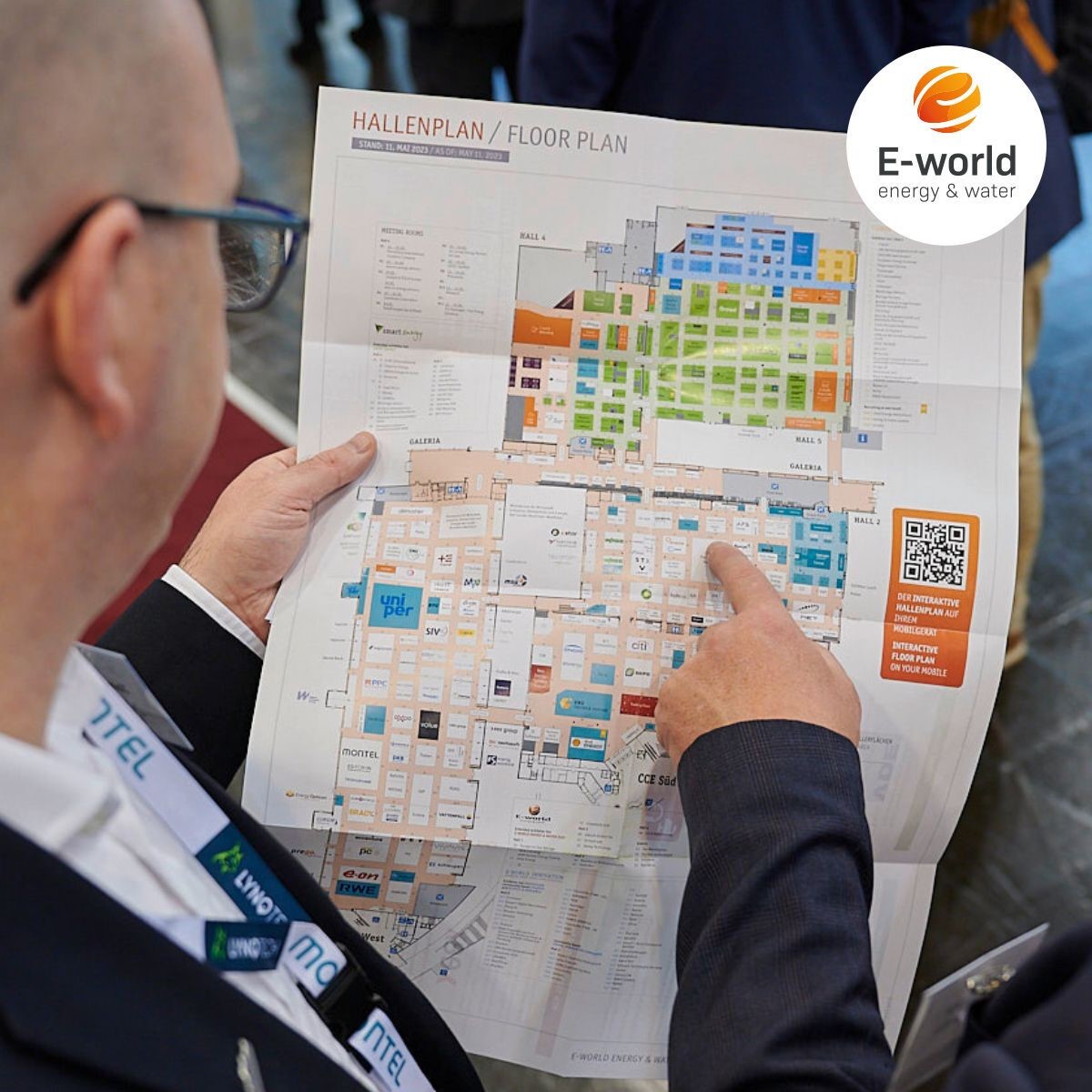
We live in a golden moment for entertainment, with choices and offerings from a multitude of both traditional and new producers and providers. Movies and shows are available at the click of a mouse or the touch of a screen. New, innovative offerings from Netflix, Amazon, Disney Plus, and Apple TV only add to the rich and amazing mix of entertainment content that is available today.
Streaming vs Downloading: Which Option Should You Use?
In addition to the incredible collection of content choices that are now available, we can also choose how we watch and access the movies that keep us entertained. If we choose streaming, we can play the movie or programme online and get immediate access. With downloads, we can save a copy to our device and it will be available for offline watching at any time. Each option offers different benefits.
It’s important to note that downloading and streaming should be done legally, using sites that are both trusted and honor copyrighted material and content. There are numerous sites that offer pirated content, but those websites are illegal and can also be a security risk to both your device and your personal information. Some countries, such as Germany and Italy, actively work to identify illegal torrent downloads and have instituted substantial fines. Many of these sites can also compromise the security of your device with malicious software.
The Main Differences Between Streaming and Downloading
There are key differences between streaming vs downloading. With streaming, you can access content on demand and very quickly begin watching the programme or movie of your choice. You don’t need to store the content on your device, but you do have to be online. In general, if you are looking for a higher quality video and want to access a bigger selection of titles, streaming may be your best option. Streaming is quite convenient, and you don’t have to wait for the entire video to download before you can start watching.
If you are going to be offline or on the go and won’t have an Internet connection, then downloading could be the best choice. When you download movies, you can create a library of content that you can watch whenever you want. This option is perfect if you are going to be traveling, especially on a flight, and you want to still be able to enjoy your favorite series or programmes. It’s also the best option if you intend to watch the content more than once.
Streaming or Downloading: Which Consumes More Data
It’s interesting to look at what uses more data streaming or downloading. In some ways, streaming and downloading are basically the same as regards data usage. Both involve sending a file and information to your device. Streaming, in essence, is a form of downloading. The major difference is that streaming lets you play the file immediately, while a download is stored on your device and can only be played after the download is complete.
Given the parallels between the two methods the actual amount of data that is transferred is nearly equal, typically. For instance, a video file at 720p would be roughly the same size for either the streaming option or if you were downloading it. Data usage can vary widely depending on the video quality setting choices available for streaming vs downloading. As such, you will use less data if you choose to stream a video at a resolution of 480p vs only having an option to download the same content at 720p. Another major difference in data usage relates to your intended viewing and use of the content. If you are only going to watch a movie or show once and you are online, then streaming can give you instant access to your desired content. If you really love the movie or programme and think you’ll watch it again (or even more), then downloading will use far less data since you’ll only have to pull the content down once. This could apply to both entertainment content as well as educational video clips on YouTube that you many want to reference multiple times.
Downloading vs Streaming Data Usage Netflix
On Netflix, downloading has approximately the same level of data usage as streaming. Let’s take a 2 hour 4K movie as an example. It will be around 14 GB whether you choose to download it or watch in real time using streaming. A 14 GB file will only take around 2 minutes to download with the 1000mbps internet connection that Melita offers to its customers nationwide.
Keep in mind that the resolution setting you choose will make a difference in how long it takes to download the movie. Standard definition movies are about 2 GB, the same choice in high definition comes to 6 GB and 4K Ultra HD will take 14 GB. If you have a Melita nationwide gigabit / 1,000 Mbps connection you can download an SD, HD or 4K Ultra HD movie in an amazingly fast 16, 48 or 112 seconds respectively.
There are a couple of things to consider if you want to save data. You may be fine with standard definition for shows or movies that are less graphically crisp, such as any classic films, kid’s movies or much of the content from the earlier 2000s or preceding that time. Another trick is to choose a different resolution based on the device you are watching the shows on. Lower resolution options will be a lot less noticeable on your phone than on a large screen 4K TV.
Downloading vs Streaming Data Usage YouTube
Once again, the video resolution and quality that you choose will make a big difference in your data usage on YouTube. If you are downloading or streaming on Melita home Internet or an Endless mobile plan with unlimited endless mobile data, data limits are not an issue. Otherwise, using a lower resolution will save you a considerable amount of data over the course of a month. For example, a low quality 144p setting will use approximately 80MB per hour. Compare that to SD quality, or 480p, which comes in at .7GB/hr and 4K Ultra HD Quality which will consume an estimated 7.2GB per hour.
Choosing between streaming and downloading should depend on whether you intend to watch the content multiple times (consider YouTube Premium and go for the downloading option) or whether you simply want one-time viewing instantaneously (choose streaming). You might also adjust your choices depending on what resolution choices are available for streaming vs downloading.
Which Is Safer, Streaming or Downloading?
In general, streaming is safer than downloading. When you download, be sure to use a trusted source that has a reputation of protecting your information and also honors copyright law. Downloading content from questionable sites can open you up to the potential harm from spyware, viruses or access to your computer and your data without your knowledge.
How to Check Your Data Consumption on Your Phone
The exact method of checking data on your phone can vary between manufacturers but, in general, this is what you will need to do.
If you have an Android device, go into Settings and then navigate to the Network and Internet menu. From there you might select SIMs, or can go directly to Data Usage.
On iPhone, you can check your data usage by going to Settings, then Cellular or Settings and through to Mobile Data. You’ll also be able to see how much data each app is using, and you can turn mobile data access off for specific apps if you like.

Opting for Unlimited Home Internet and Mobile Data Plans
One of the great benefits of purchasing an unlimited data plan is that you don’t have to worry about exceeding your download limits every month. For example, with Melita’s fiber-powered home internet plans and the Endless mobile plans with unlimited endless mobile data, you will never run out of data. You can stream, surf and download as much as you like.
How to Check Your Data Consumption on MyMelita
If you want to check on your data bundle usage, simply log on to MyMelita and go to My Services. Choose the mobile number you are checking on and under Local Data you can see your data usage. As an alternative, you can send a blank SMS to 16830 and you’ll get a return text with information on how much data remains in your bundle.






